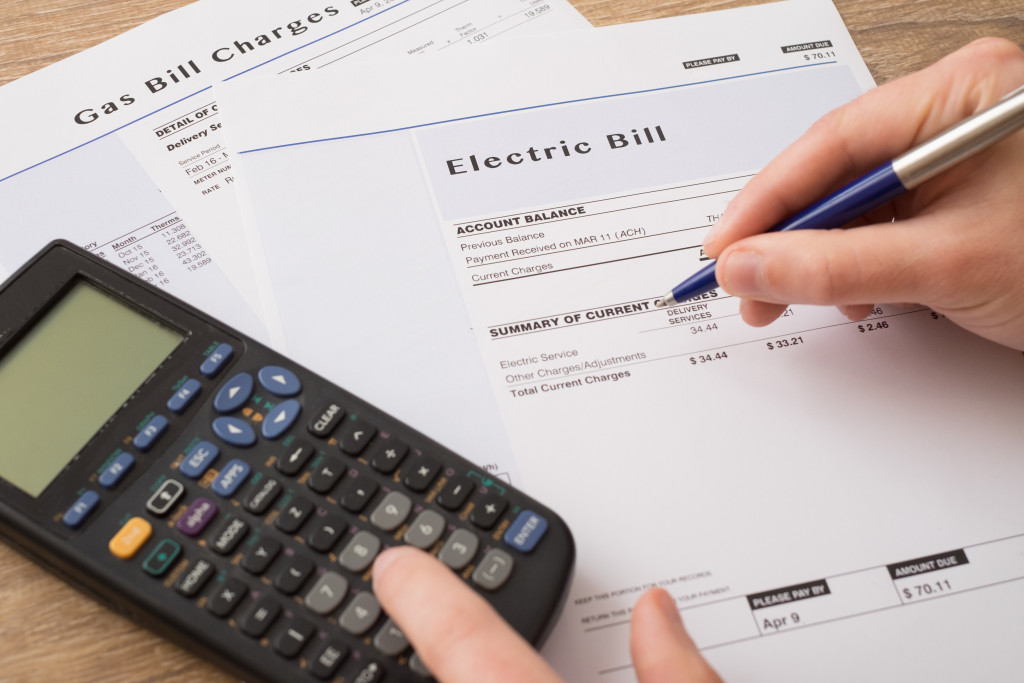High energy bills are an unfortunate reality for many homeowners. According to a recent study, the average American household spends an average of $120 on monthly energy bills. This can add up to hundreds of dollars in wasted energy costs each year. But there are steps you can take to make your home more energy-efficient, which will, in turn, lower your electric bill. This blog post will discuss the changes you can make to lower your electric bill and reduce your environmental footprint.
1. Insulation Upgrades
One of the most essential parts of making your home energy-efficient is proper insulation. Insulation helps keep cool air inside during the summer and warm air in the winter, which can dramatically reduce your monthly electric bills. If you’re unsure if your home needs additional insulation, you can hire a professional to do a home energy audit, and they’ll be able to tell exactly how much insulation is required and where it should go.
But one of the common areas where you can add insulation is your windows. These days, there are energy-efficient windows that can help regulate your home’s temperature and keep the warm or cool air in. If you find that this is where you lose a lot of energy, you might consider replacing your windows. Many professional window installation companies can help you with the process of replacing and installing energy-efficient windows.
2. Lighting Retrofits
Another way to make your home more energy-efficient is by replacing older light bulbs with LED or CFL bulbs. LED bulbs use 75 percent less energy than incandescent bulbs, while CFLs use about 25 percent less energy than incandescent. These bulbs will save you money on electricity costs and last up to 25 times longer than traditional lightbulbs – meaning fewer trips up the ladder.
When choosing new bulbs, pay attention to lumens and wattage. Lumens measure how much light a bulb emits, while wattage measures the amount of energy used. LED and CFL bulbs are available in a range of lumens and wattage, so you can find the perfect bulbs for your needs.

3. Change Outdated Appliances
Many homeowners have appliances and electronics that date back many years and are not as energy-efficient as newer models. Refrigerators, ovens, dishwashers, washers, and dryers are some of a home’s most significant energy-consuming appliances. If you have older models, it might be time to upgrade to something more energy-efficient. One way to tell if a machine is energy-efficient is to look for the ENERGY STAR label, which indicates that the appliance is certified energy-efficient. ENERGY STAR appliances use approximately 10 to 50 percent less energy than non-certified models.
If you’re not ready to upgrade your appliances yet, you can still make small changes that will help reduce your energy usage. For example, unplugging electronics when not in use can help reduce your electric bill. Because many electronics still draw small amounts of energy even when they’re not in use, unplugging them can save you money on your electric bill.
4. Smart Thermostats
Programmable thermostats are great for saving money on your electric bills because they allow you to control when and how often your HVAC system runs. Smart thermostats take this one step further by automatically adjusting settings based on weather forecasts and usage patterns, so you don’t have to worry about manually changing them. This way, you get the best possible performance without sacrificing comfort or convenience.
Many smart thermostats also have additional features like temperature control and remote access, so you can adjust the thermostat from your phone or other devices. This can be especially helpful if you forget to turn the thermostat off before leaving the house. You may also be eligible for a rebate or incentive when you purchase an ENERGY STAR-certified smart thermostat.
5. Solar Panels
If you’re looking for a more long-term solution, installing solar panels in your home is one of the most efficient ways to reduce your electric bill. Solar panels use the energy from the sun to generate electricity, which means you won’t have to rely on your local power company. Solar panel installation typically requires a significant upfront cost, but you may be eligible for incentives or tax credits to help make the process more affordable.
This is also an excellent option for those looking to reduce their carbon footprint and make the switch to renewable energy. With solar panels, you’ll be able to produce clean, renewable energy – and save money in the process. You may even be able to sell excess energy that is generated back to your local power company.
Making your home more energy-efficient doesn’t have to be complicated or expensive – even small changes like installing LED lights or investing in a smart thermostat can result in significant savings over time. So don’t wait any longer – start making simple upgrades around the house today so that you can enjoy lower electric bills tomorrow!

